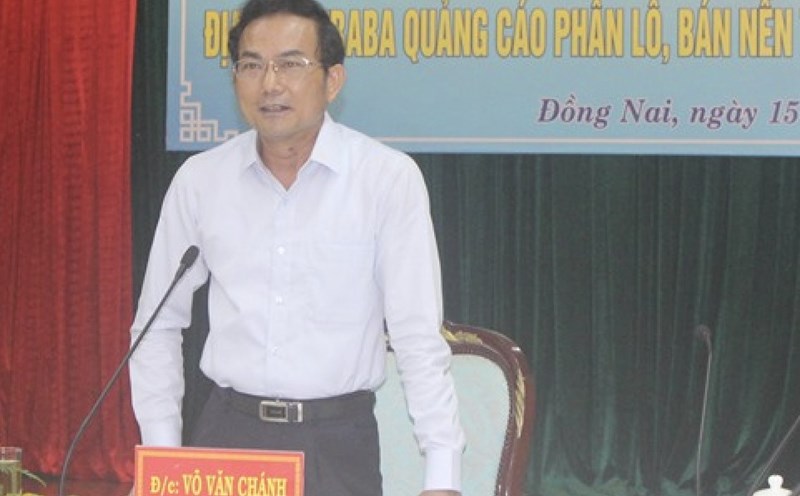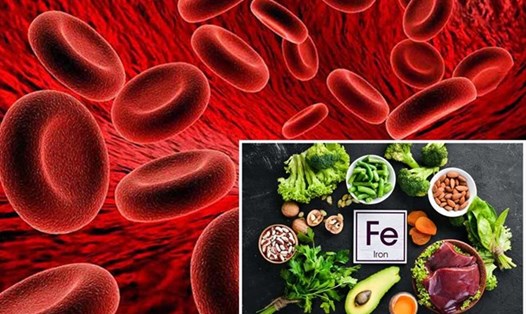The Importance of Iron for Growing Children
"Iron deficiency can hamper a child's ability to function effectively. Low iron stores in the early years of life are a common concern, significantly affecting a child's growth and development," says Dr SA Miraj, Paediatrician at Manvi Hospital, Hubli, Karnataka (India).
During development, children need iron to promote processes such as:
- Physical development: Iron is important for muscle and bone development.
- Immunity: Iron supports a healthy immune system, helping children fight infections.
- Blood function: Iron helps form hemoglobin, a protein in red blood cells that transports oxygen throughout the body.
- Brain development: Adequate iron levels are important for cognitive development and overall brain health.
Stages of iron deficiency
According to Dr. Miraj, iron deficiency in children does not happen overnight. It progresses through three stages: iron deficiency, iron deficiency without anemia, and iron deficiency anemia (IDA).
Iron deficiency: At this stage, the body's iron stores begin to decrease due to insufficient dietary iron. This stage is marked by low serum ferritin levels, an iron storage protein, indicating that the body is using up its iron stores.
Iron deficiency without anemia: At this stage, there is not enough iron to meet the body's needs, although hemoglobin levels may still be normal. Iron deficiency without anemia often goes unnoticed, but it affects a child's energy, mood, and ability to concentrate.
Iron deficiency anemia (IDA): “In its final and most severe stage, iron stores are so low that hemoglobin production is impaired, leading to anemia,” says Dr. Miraj. IDA is characterized by low hemoglobin levels, MCV (mean corpuscular volume), and MCH (mean corpuscular hemoglobin), which affect oxygen transport, leading to fatigue, weakness, and other symptoms.
How much iron do children need?
“Babies are born with iron stores, but they need more iron from their diet to keep up with their growth,” explains Dr. Miraj. “In fact, the recommended dietary allowance (RDA) for iron in early life is roughly equivalent to the RDA for adults.”











